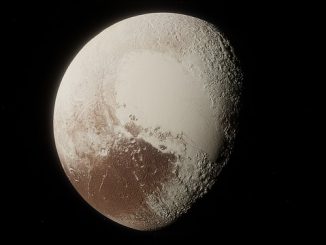
How is glass made?
Glasses are part of our life. Have you ever wondered about the materials from which they are made of?
Do you know that glasses are made from sand? Yes! It is the same sand that we see in the seashores and riverbanks. Are you surprised to hear this? Do you think how this is possible?
Yes! This is possible by heating up the sand at a very high temperature and melting it to make a jelly like substance. This jelly like liquid can be molded to make various shapes of glass materials.
- When sand is heated up at a temperature of 1700 degree Celsius (that is 3090 degree Fahrenheit), it melts. It turns into a kind of frozen / jelly like liquid (amorphous solid), upon cooling.
- Soda Ash (Sodium carbonate) and Limestone (Calcium carbonate) are mixed with the sand (silica / silicon dioxide), when it is melted. Soda ash helps the sand melt faster. But it makes the glass soluble in water. Limestone is added to prevent this. As a result of this, we get the glass made of soda-lime-silica.
- The sand which is in liquid form can be molded or blown up in to different shapes to make various types of glass materials, containers, glass sheets, etc.
The following is a small list of applications, where we use glasses made from the sand.
Buildings made of glasses, glass doors, kitchenware, glasses used in vehicles, television screens, computer and mobile phone screens, spectacles, mirrors, multilayered toughened glasses, etc
Click on the link below to to view the manufacturing process of glass from sand in Saint Gobain:



Be the first to comment